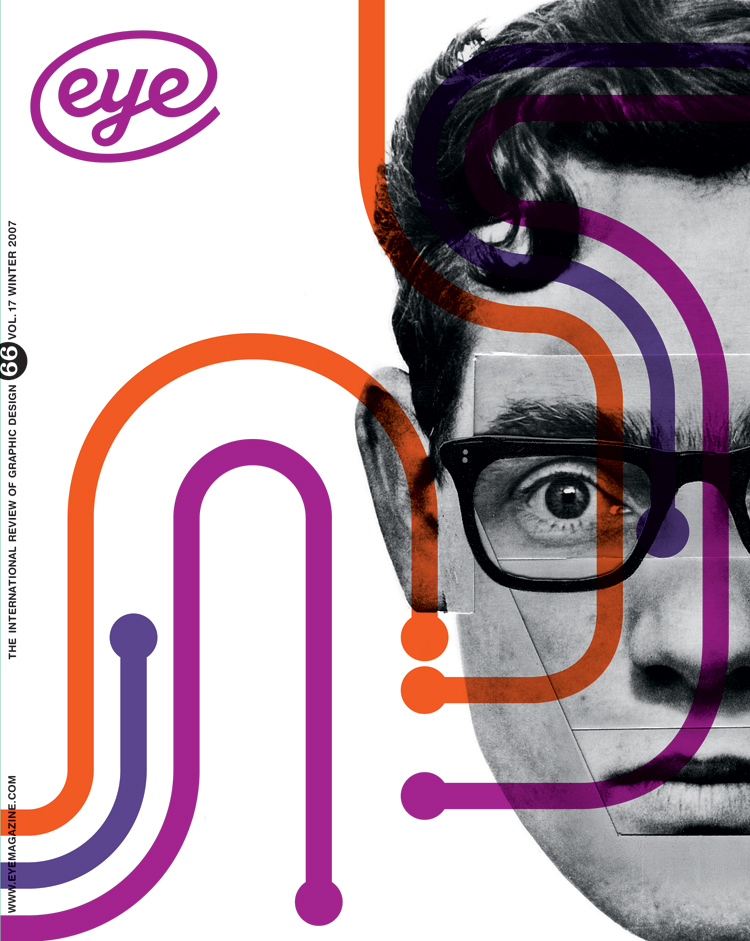Winter 2007
An abundance of directions
Signage Design Manual
by Edo Smitshuijzen. Lars Müller Publishers, Euros 48.50Edo Smitshuijzen has an impressive track record as a designer of major identity and signage projects. He was a long-time partner in brs Premsela Vonk, one of the Netherlands’ largest design groups, now called Eden. He is also the inventor of a modular panel system for wayfinding that has been sold worldwide since the mid-1980s. His Signage Design Manual has its roots in the same era, when he proposed bringing together his insights in a company publication; as his brs colleagues judged it unwise to ‘give away’ such specialist knowledge, he shelved the project. About five years ago he took it up again, but rewrote the material more or less from scratch, incorporating his extensive experience in designing and producing wayfinding systems using the latest technologies.
So in a way Signage Design Manual sums up Smitshuijzen’s career, or at least a crucial aspect of it. Yet none of his projects is shown in full: the book contains few photos and no colour. Determined to avoid the easy way out – the coffee-table portfolio – Smitshuijzen wanted his book to focus on the process, not the end result. The Manual is a hefty volume with a textbook layout that betrays Smitshuijzen’s roots in Dutch typography: narrow pages, dense one-column text blocks set in the bookish Trinité, and illustrations he has mostly created himself.
Smitshuijzen is an opinionated writer. In the introductory chapters, which seem to reflect decades of frustration and irritation, he dwells on the sufferings that await the well meaning communications specialist when working within the context of an architectural project. Architects – his message goes – have little sense of the communicative limitations of their work: they tend to be convinced that their spaces are self-evident and need no further guidance. Almost invariably, signage designers are brought in too late in the process, and their interventions are doomed to be seen as a necessary evil rather than an enrichment of the surroundings. If, as seems evident, Smitshuijzen intends his manual to be read and used not only by signage designers but also by architects or students of architecture, it is to be hoped that these potential customers (or their teachers) will not be put off by the author’s moments of sarcasm.
The rest of the book is basically a checklist, or a collection of checklists, and as such aims at being totally exhaustive. Smitshuijzen identifies all the parties possibly involved in or responsible for a signage project, from psychologists to the fire brigade; the different target groups of the signage itself; each phase in the design and implementation process; layout and typography options; mixed-media and interactive solutions; materials and production techniques; pictogram styles; types of signs; problems specific to certain types of sites; and more. It is an admirable achievement, and when used correctly – as an actual checklist – could be extremely useful in helping to maintain a clear working relationship with the parties involved, and / or in avoiding the blunders, major or minor, that can be so annoying to the visitor of a public space.
Any other use of the book, for instance as a reference work, could be slightly problematic. Its dense text is intimidating at times, and Smitshuijzen’s illustrations are of little help here. Executed as computer graphics in a 1990s style that makes abundant use of greyscale gradients, they are often too busy to be truly schematic. Some are crucial in illuminating the text, but others are distracting and a little self-indulgent, contributing to the impression of an overwhelming quantity of information. And apart from the table of contents and the index, neither of which provides immediate insight into the hierarchy of the text, the book lacks a wayfinding system of its own.
Jan Middendorp, designer, writer and author of Dutch Type, Berlin
First published in Eye no. 66 vol. 17 2007
Eye is the world’s most beautiful and collectable graphic design journal, published for professional designers, students and anyone interested in critical, informed writing about graphic design and visual culture. It is available from all good design bookshops and online at the Eye shop, where you can buy subscriptions and single issues.

